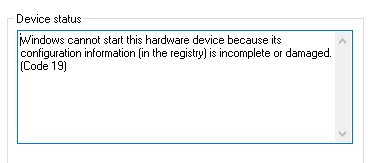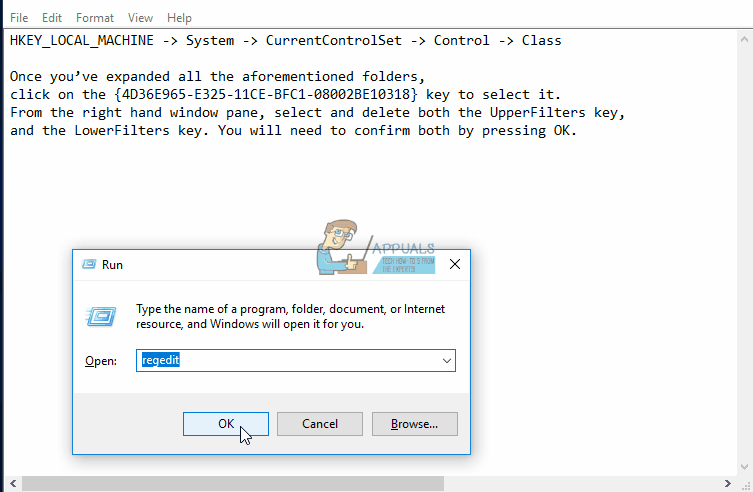How to Fix “Windows Cannot Start This Hardware Device (Code 19)”
The “Windows cannot start this hardware device (Code 19)” error typically results in devices like keyboards, mice, CD/DVD drives, or audio equipment becoming non-functional and flagged with a yellow exclamation mark in Device Manager. This error indicates that the device’s configuration data in the Windows registry is either incomplete or corrupted.

Common causes include incorrect or corrupted registry entries related to UpperFilters and LowerFilters values. Additionally, software conflicts—often arising from recent driver installations or updates, or programs like iTunes or CD/DVD burning software—can also lead to this problem.
Now that you know the causes, let’s discuss the solutions.
1. Reboot your System
Sometimes, just restarting your computer can fix temporary issues by refreshing the system’s registry and reloading drivers. This ensures all hardware devices are reinitialized, which can resolve minor problems without needing more steps.
This process effectively gives your system a fresh start, clearing minor issues that may have arisen from recent changes or updates.
- Press the Windows key to open the Start menu and access the power menu.
- Choose Restart and allow your system to reboot. Check if the issue still persists after restarting.
2. See if iTunes is Causing the Problem
iTunes can change registry settings for media devices, causing the Code 19 error. Checking or reinstalling iTunes can fix these settings and remove any conflicts.
- Press the Windows key, type Control Panel, and open it.
- Switch to Large icons view and click on Programs and Features.
- Locate iTunes in the list, select it, and click Repair from the top toolbar. Follow the prompts to complete the repair process, then restart your device. If iTunes was the issue, it should now be resolved.
3. Delete UpperFilters and LowerFilters from the registry
Corrupted or conflicting registry entries, like UpperFilters and LowerFilters, can interfere with how Windows talks to hardware devices. Removing these registry values can fix the setup, helping the device to be correctly recognized and used by the system.
- Press Windows key + R, type regedit, and click OK to open the Registry Editor.
- To backup the registry, go to File > Export, set Export Range to All, and save the file to a memorable location.
- Navigate to:
HKEY_LOCAL_MACHINE\System\CurrentControlSet\Control\Class\{4d36e967-e325-11ce-bfc1-08002be10318} - In the right pane, find and delete UpperFilters and LowerFilters. Confirm each deletion.
 Note: Proceed with caution as removing these can affect system functionality.
Note: Proceed with caution as removing these can affect system functionality. - Close the Registry Editor and restart your computer to apply changes.